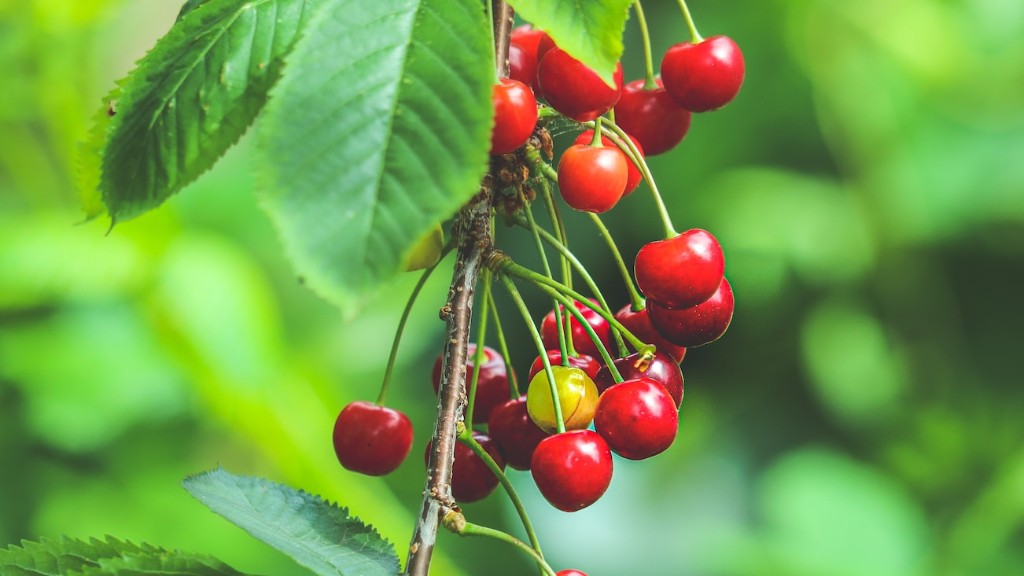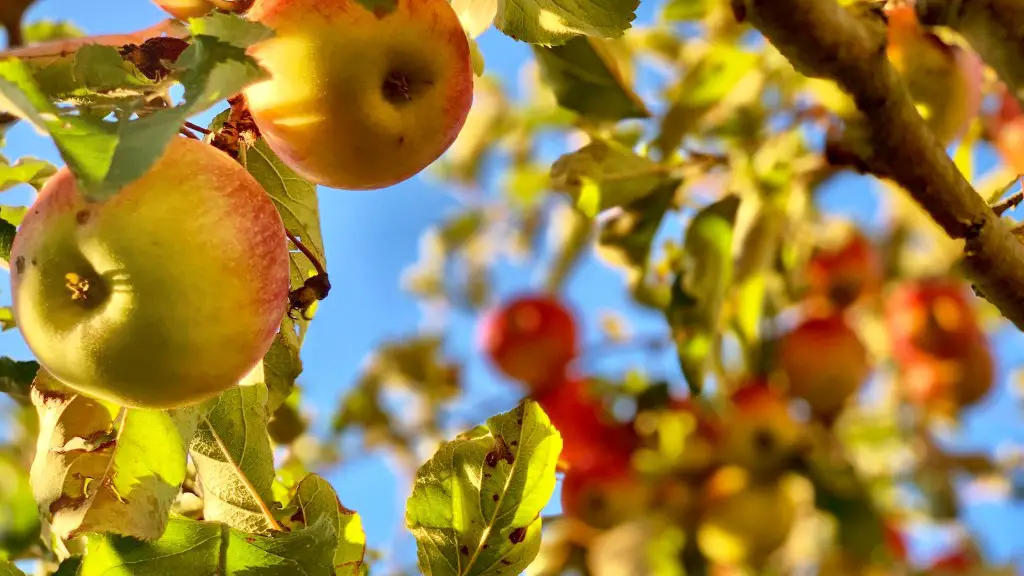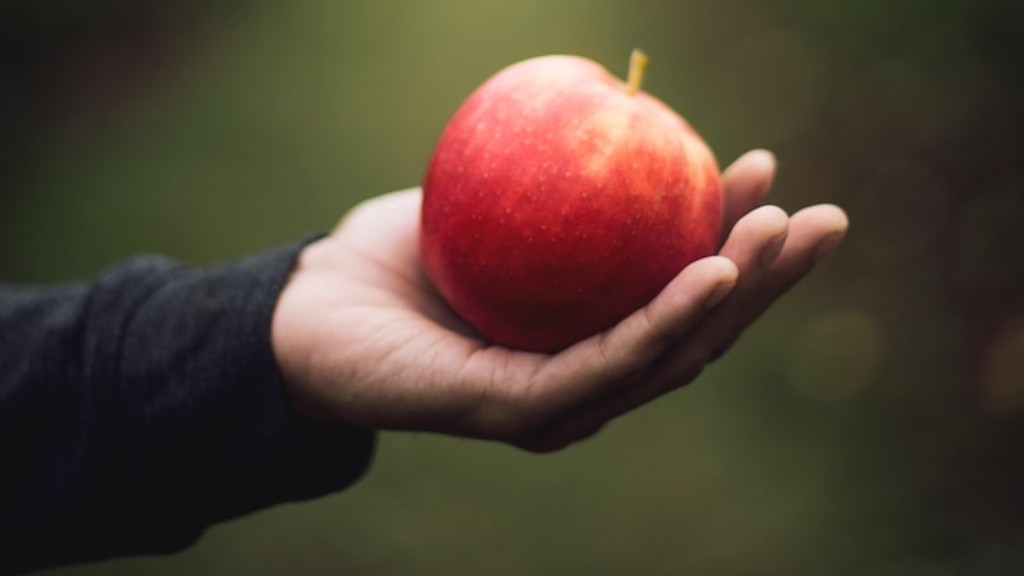How to Get Fruit From an Avocado Tree
Avocado, a popular go-to snack, has become a staple food that can be found in nearly every kitchen. Its creamy texture and rich flavor are highly sought after for multiple dishes. Growing an avocado tree is a great way to get a hold of one’s own source of the delicious fruit. As a decoration, and eventual food source, avocado trees thrive in warm climates and can bring both beauty and sustenance to your home.
The most popular avocado tree, the Hass, is a medium to large size and provides enough fruit for an entire family throughout the year. A Hass can grow up to 40 feet tall and can be pruned to about 20 to 25 feet in height. The tree thrives in long, mild winters and hot summers and requires at least 8 hours of direct sunlight a day. Fertilization, irrigation, and pest control need to be applied depending on the climate.
If you are looking to grow an avocado tree at home, you will need to start by choosing the right avocado seed. Find an avocado that is fully ripened but not too soft. After the skin of the avocado is removed, remove the pit and place it in a glass of water, pointing the “pointy” end down. After a few weeks, the seeds root system and sprout will start to show. Once the main roots and stem grow to be a few inches long, it is time to transfer the seed to a well-draining pot.
For the best health of the avocado tree, the soil should be watered using a practice called “deep root irrigation.” This involves using a four to six foot deep pipe to send a steady stream of water throughout the soil. This focuses the water where the roots are growing and hydrates the soil with minimal run-off. Signs to check for too much or too little water are either yellowing of the leaves or cracking or swelling of the leaves.
Harvesting fruit from the avocado tree can take patience and perseverance, as an avocado tree that is well cared for can take 2-3 years to fully mature and start producing ripe fruit. After it begins to bear fruit, it can produce up to 200 avocados a year depending on the size of the tree. This can usually start in the early months of summer and last into the winter.
Common Avocado Challenges
Like many other plants and trees, the avocado tree is prone to attack by pests, such as the avocado lace bug, and fungal diseases, such as root rot, which can make it difficult to get the best yield. Knowing what to look out for in terms of signs and symptoms of pest and disease damage is essential to being able to respond quickly.
The lace bug can be identified by small spots on the leaves of the avocado tree and can be treated by a chemical insecticide spray. Root rot is caused by the growth of fungi in the soil and can be treated by decreasing the amount of water given to the plant. Preventing both pest and diseases is important as well, and can be done by checking the environment for pest habitats and using fungicide before sowing seeds.
Care Tips
Caring for an avocado tree is an investment that can provide great reward. Planting the avocado tree in a wide container, so that the roots will have ample room to grow and plenty of holes at the bottom to ensure that the soil has enough drainage. Additionally, the proper amount of water each week and pruning of the tree is important to ensure that the tree can receive the proper amount of sunlight.
The biggest key to getting the most fruit out of an avocado tree is pruning, or cutting of the branches and leaves. An avocado tree must be trimmed in order to keep the boughs short, give access to sunlight, provide a better airflow, and keep the fruit off the ground. Pruning is essential for a healthy harvest, and should be done twice a year.
Harvesting the Fruit
Once the Hass tree begins to bear fruit, it takes a few months to mature and ripen. To know when it is ready to be harvested, check to see if the fruit gives off a slight give when gently pressed. This indicates that the avocado is ripening and should be picked within a few days. To harvest, carefully cut the fruit off the branch, as using force and breaking the branch can cause damage to the tree.
Storing Avocados
After the fruit is harvested, it is best to store them in a cool, dry place. If there are already avocados that are ripe, they can be stored in a refrigerator, away from other produce. If the skin has been removed and the inside is exposed, the avocado should be eaten as soon as possible.
Enjoying Avocados
Avocados can be enjoyed multiple ways. Whether eaten plain with a sprinkle of salt, as a toast, or in a tasty guacamole, the avocado is always top-notch. Furthermore, using avocados as face masks is a growing trend as the oil and vitamins from avocados are said to give the skin nourishment.
Protecting the Avocado Tree
Protection of the avocado tree is important, as a healthy tree will provide a steady and bountiful yield. In order to maintain a healthy tree, it is best to watch the leaves and be on the lookout for pests and disease. Additionally, a well-balanced diet of water, fertilizer, and sunlight should be implemented into caring for the tree.
Planting Location
Where the avocado tree is planted is important; a location that is exposed to wind can stress the tree and cause its leaves to dry out. In order for the tree to grow and bear fruit, the location must be in a semi-shady area and protected from strong winds that can dry out the leaves and interrupt the growth of the tree.
Spacing
When planting an avocado tree, it is important to keep an appropriate spacing between trees. Avocado trees are usually planted 8-10 feet apart, as it is best for the amount of sunlight and room for the branches to grow.
Germinating Avocado Seeds
Growing the avocado tree in a different way than just planting a seed is germinating a seed. For those just beginning, germinating a seed is a great way to get started with growing an avocado tree. To do this, start by suspending the seed by toothpicks in a jar of water, ensuring that the seed is submerged in the water and the pointed end is facing down. As time passes, the seed will germinate and the stem and roots will emerge, giving the grower an idea of how to plant the seed afterwards.



